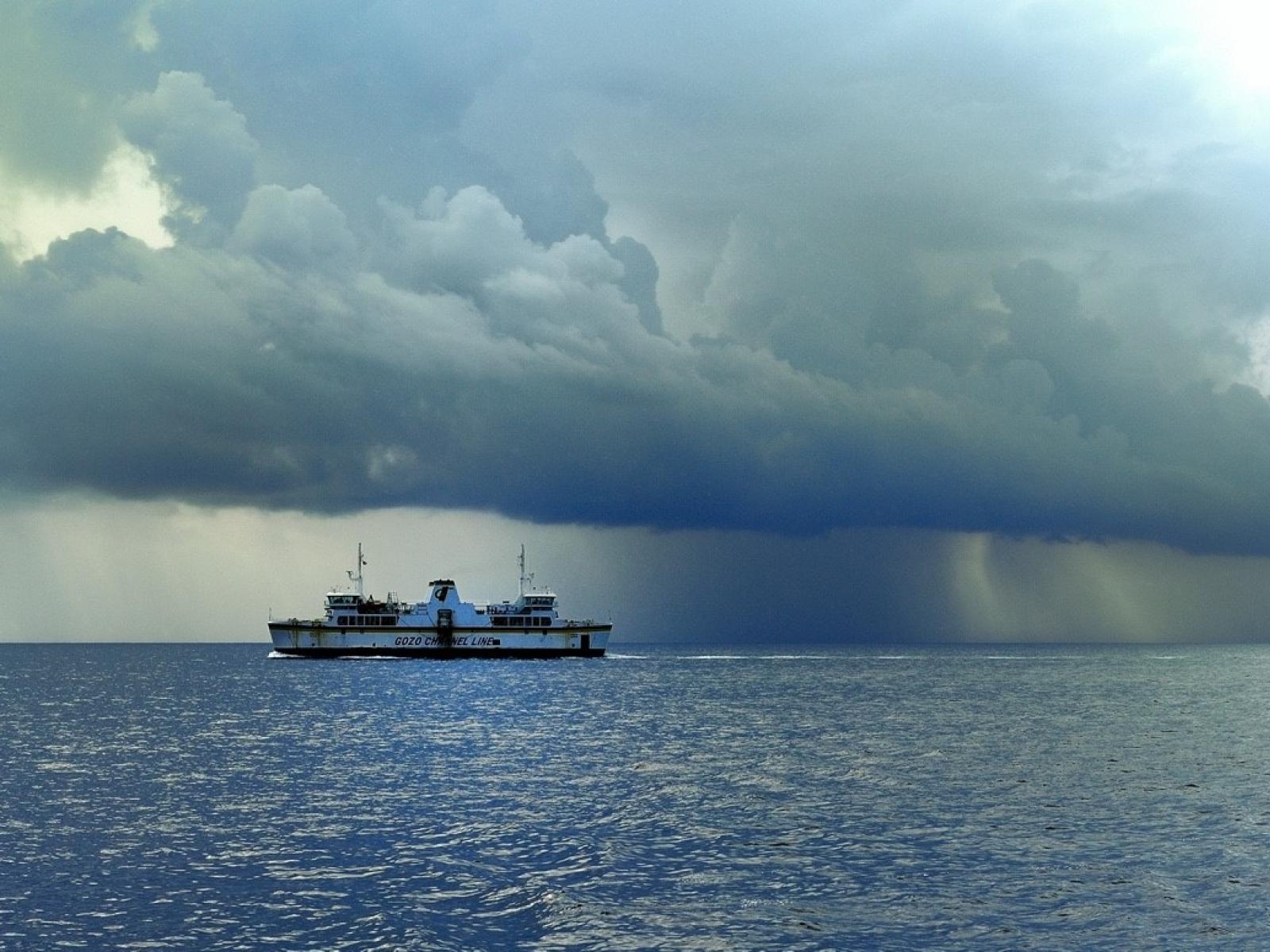Untangling the Contrasting Recent and Future Changes in the Tropical Rainband
Decadal variations in the tropical ocean warming pattern have previously masked but will later amplify the anthropogenically forced changes in the tropical rainband

The changes observed in the intertropical convergence zone from 1979-2014 and those projected for a warmer future possess opposite signs.
(Photo by Drew Rawcliffe | Shutterstock.com)
The Science
The intertropical convergence zone (ITCZ) is a planetary-scale band of rising air and intense rainfall in the deep tropics. Under global warming, the ITCZ is projected to squeeze toward the equator, leading to profound impacts on global climate. It is unclear if the squeeze has emerged in observations, and more importantly, what drives the ITCZ variability and changes. Researchers found that the changes observed from 1979-2014 and those projected under future warming had opposite signs, due to the distinct tropical ocean warming patterns arising from decadal variability and anthropogenically forced changes.
The Impact
This study revealed the contrasting recent and future ITCZ changes and highlighted the critical role the tropical sea surface temperature pattern plays in controlling ITCZ variability and long-term changes. Cooler tropical sea surface temperatures, linked to the negative phase of the Pacific Decadal Oscillation (PDO), have masked the ITCZ response to anthropogenic warming. In the coming decades, a potential PDO positive phase could amplify the anthropogenically forced ITCZ changes, leading to global impacts unprecedented in recent observations.
Summary
Researchers conducted a systematic investigation of recent and future ITCZ changes based on a variety of observation/reanalysis datasets and ensemble projections of climate models. The study moved beyond standard annual-mean zonal-mean measures to examine the seasonal and regional characteristics of the ITCZ. They found that the ITCZ changes over recent decades are largely opposite to those projected under long-term global warming. The ITCZ has shifted poleward, narrowed, and strengthened in the South Pacific and generally narrowed and strengthened in the North Pacific between 1979 and 2014. Under future warming, however, the ITCZ will shift equatorward, widen, and weaken. Researchers used thermodynamic/energetic theories and mechanism-denial simulations to show that distinct warming patterns in tropical sea surface temperature drive the contrasting ITCZ changes. In recent decades, the equatorial Pacific cooled following a negative PDO, but future projections show that the region will experience enhanced anthropogenic warming due to weaker evaporative damping and the effects of ocean dynamics. This suggests that a potential positive PDO can jointly act with anthropogenically forced equatorial warming and lead to substantial ITCZ changes that differ from recently observed trends. Such ITCZ changes will affect the global circulation, hydroclimate, and weather in unprecedented ways.
PNNL Contact
L. Ruby Leung, Pacific Northwest National Laboratory, Ruby.Leung@pnnl.gov
Funding
This research was supported by the U.S. Department of Energy, Office of Science, Biological and Environmental Research as part of the Regional and Global Model Analysis program area.
Published: March 3, 2021
Zhou W., Leung L. R., Lu J., Yang D., and Song F., “Contrasting recent and future ITCZ changes from distinct tropical warming patterns.” Geophysical Research Letters 47, 22 (2020).